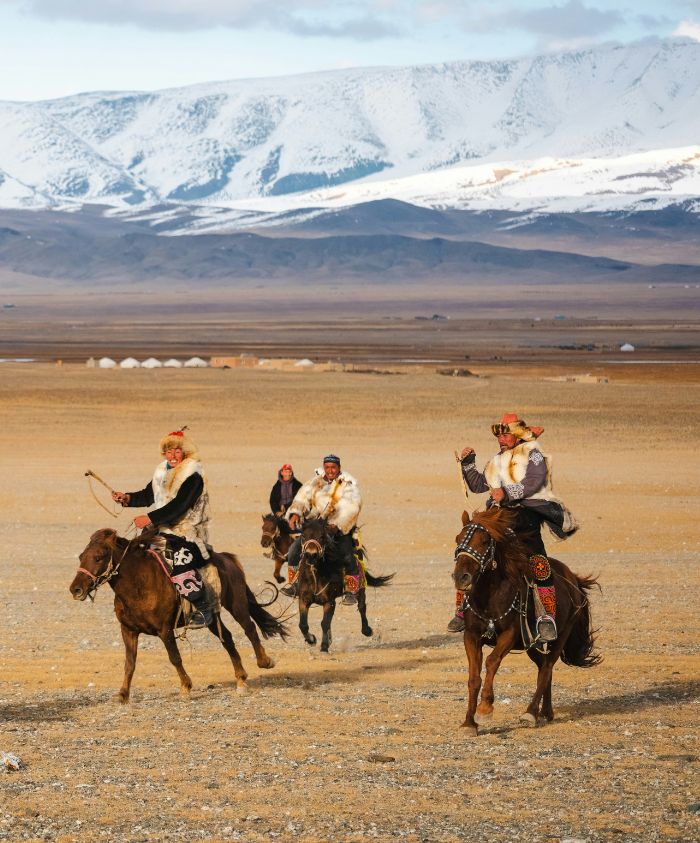
Published 1 October 2023

Head of Operations for Travel, Aviation and Yachting
Overseeing the operational side of Pelorus, Charlie is the backbone of some of our most logistically complex journeys. With a reputation for military-level precision, he ensures every detail, no matter how small, is meticulously planned, timed, and executed. From luxury yacht expeditions to multi-leg private aviation routes, he builds in layers of contingency and control, so clients experience nothing but seamless adventure.
















